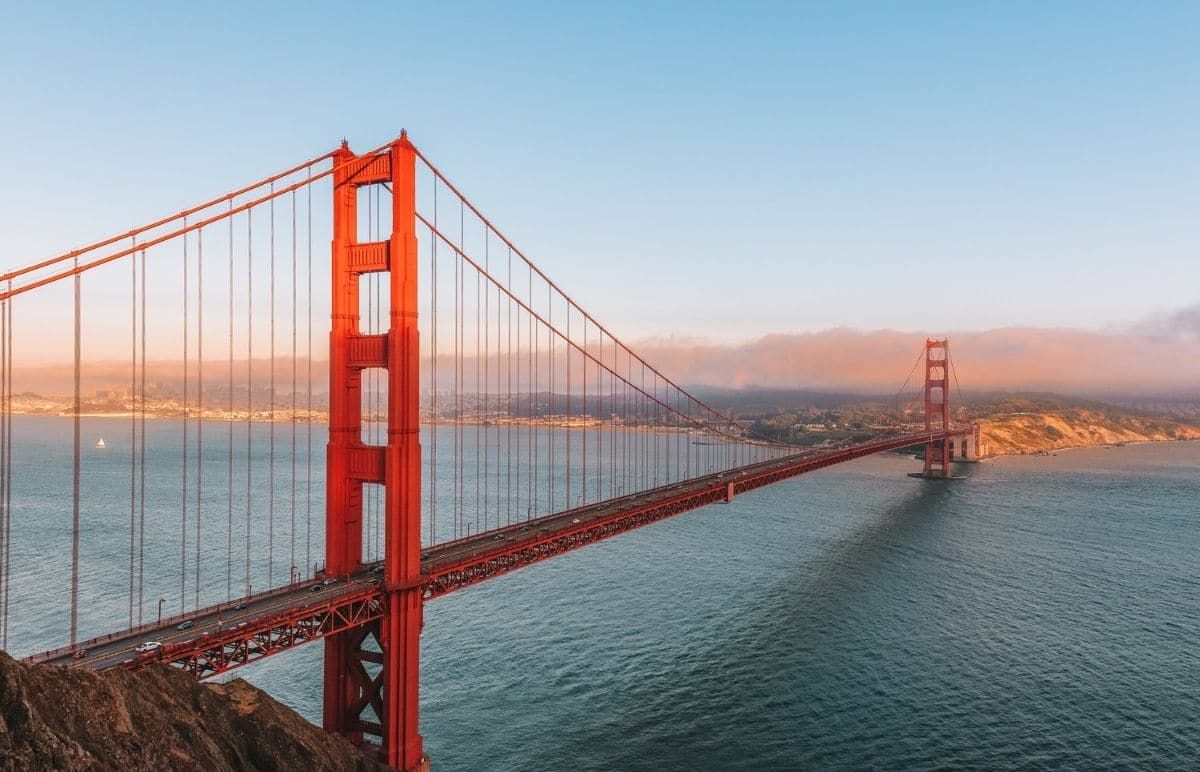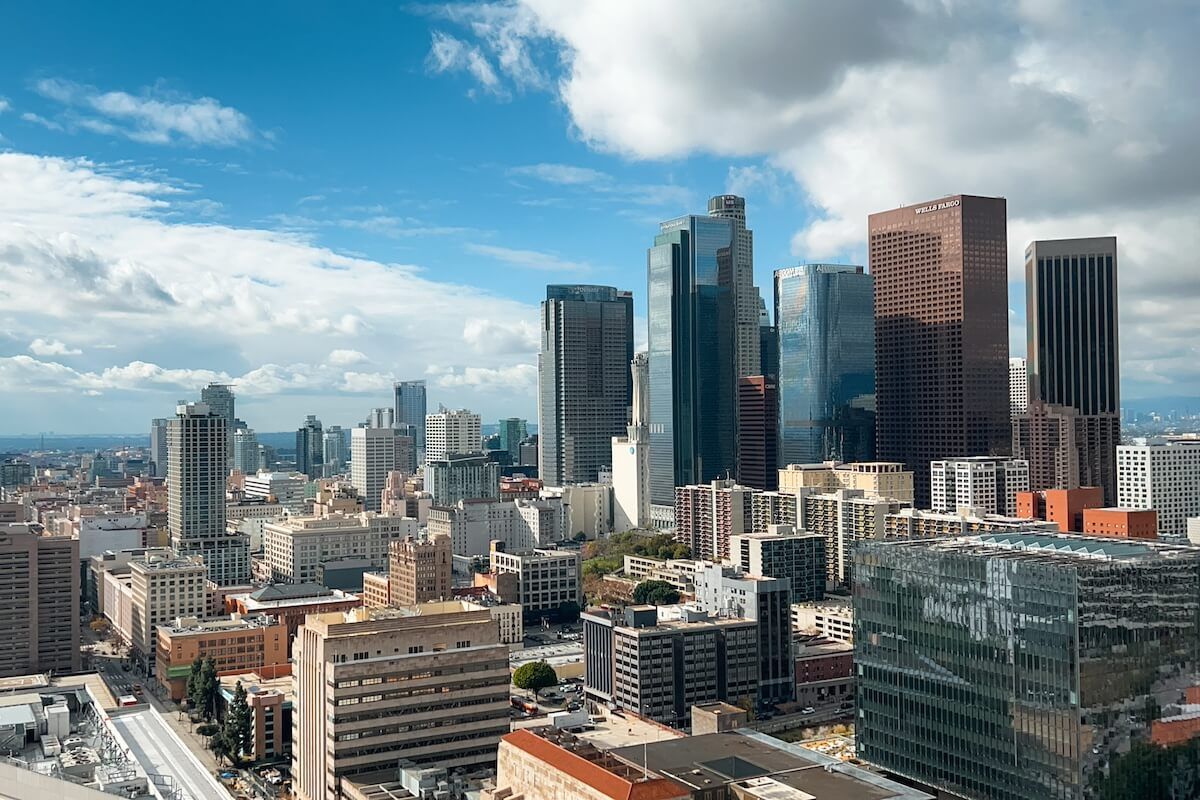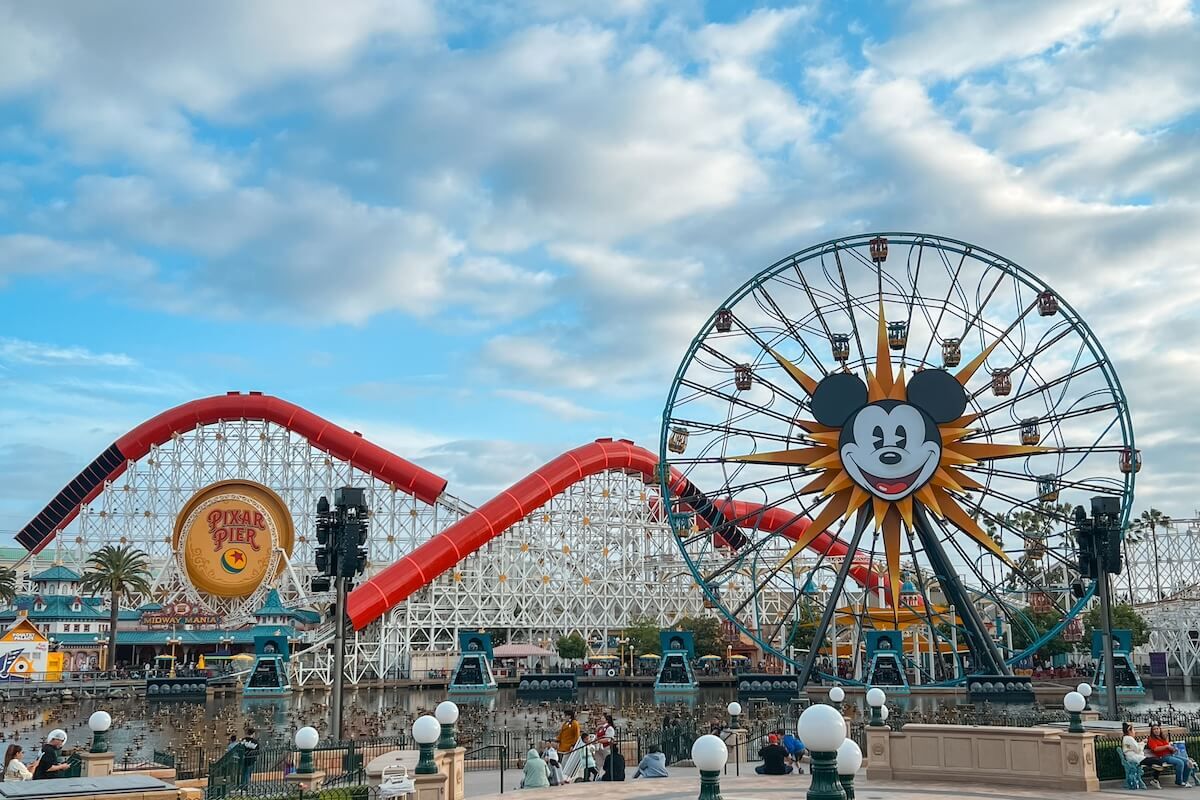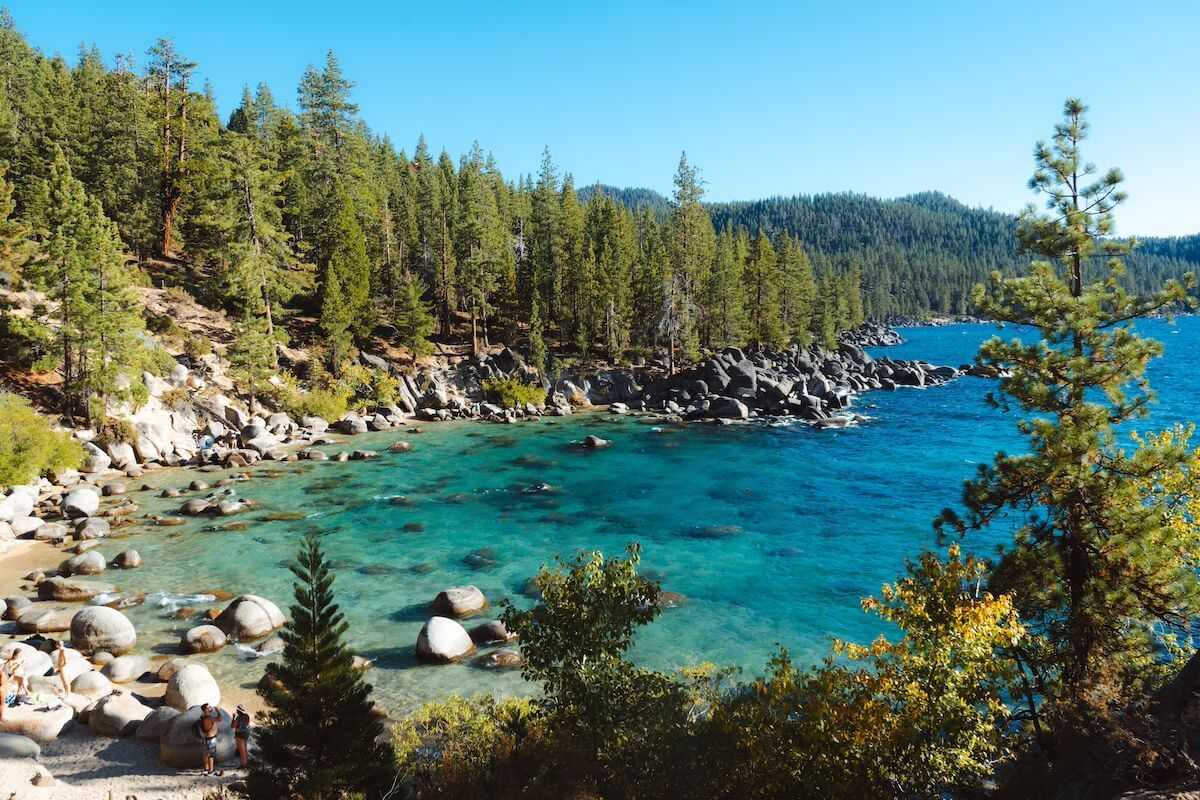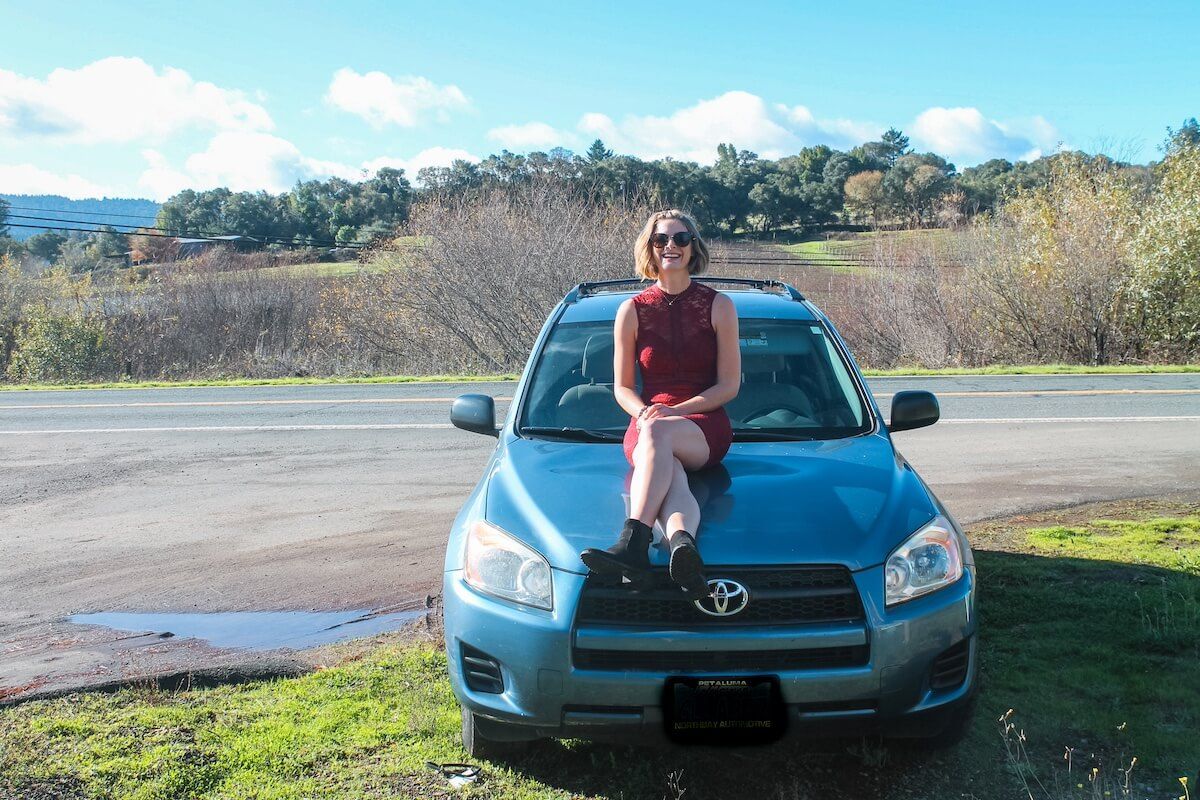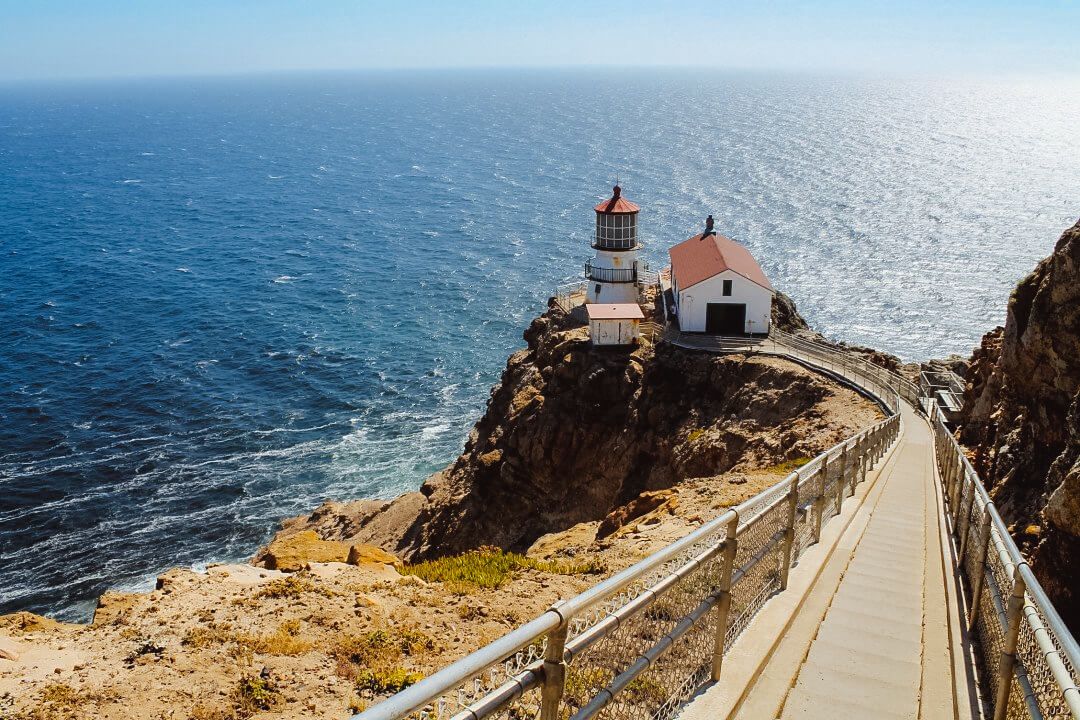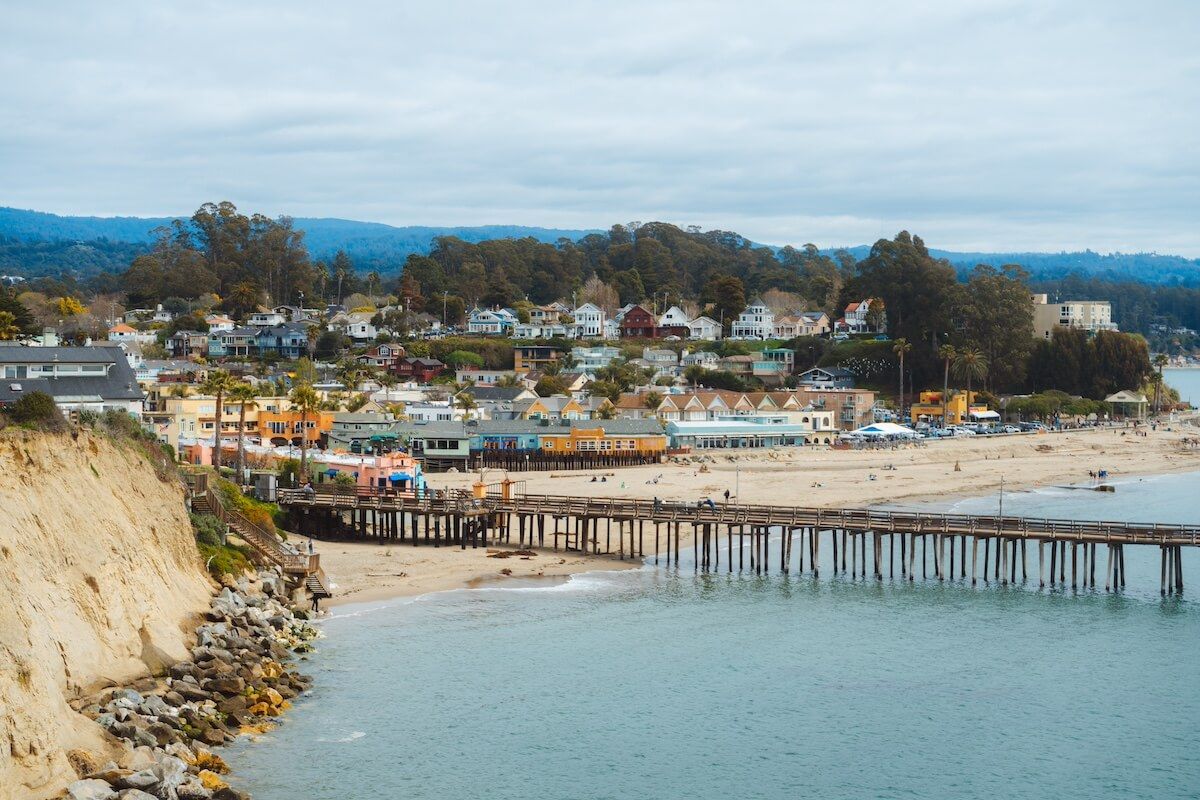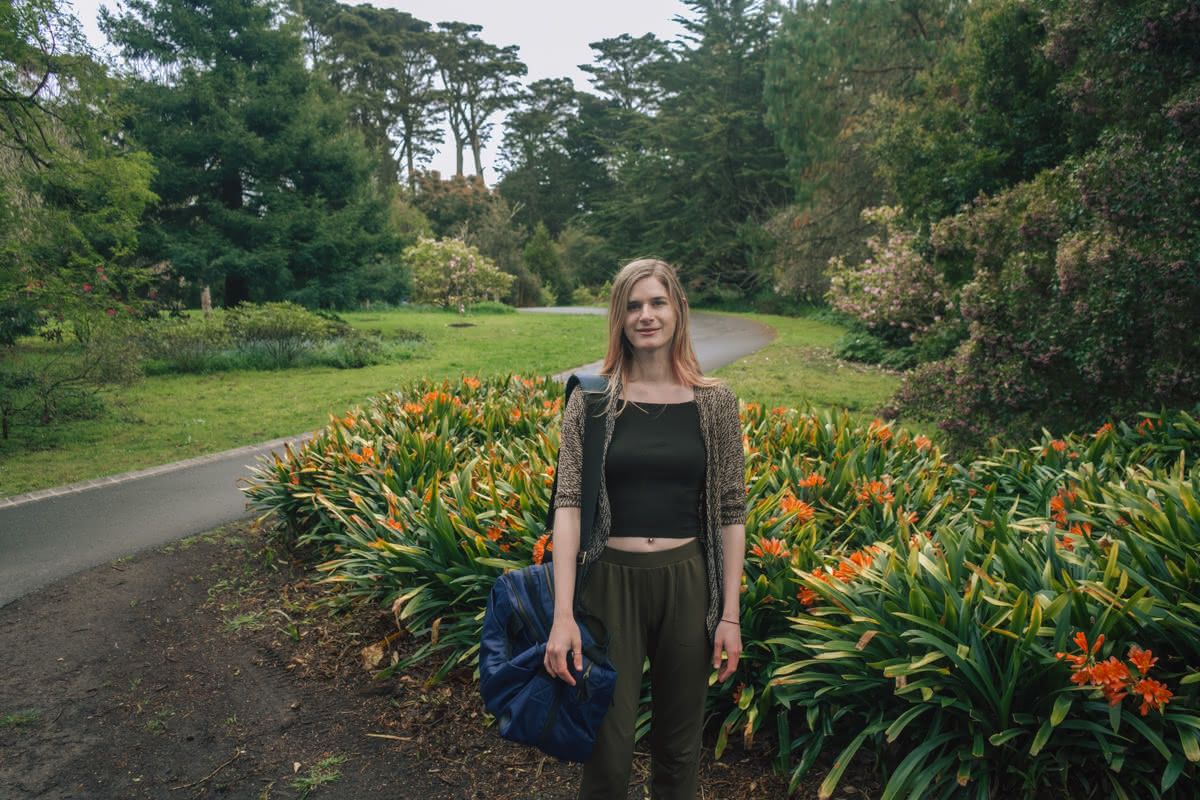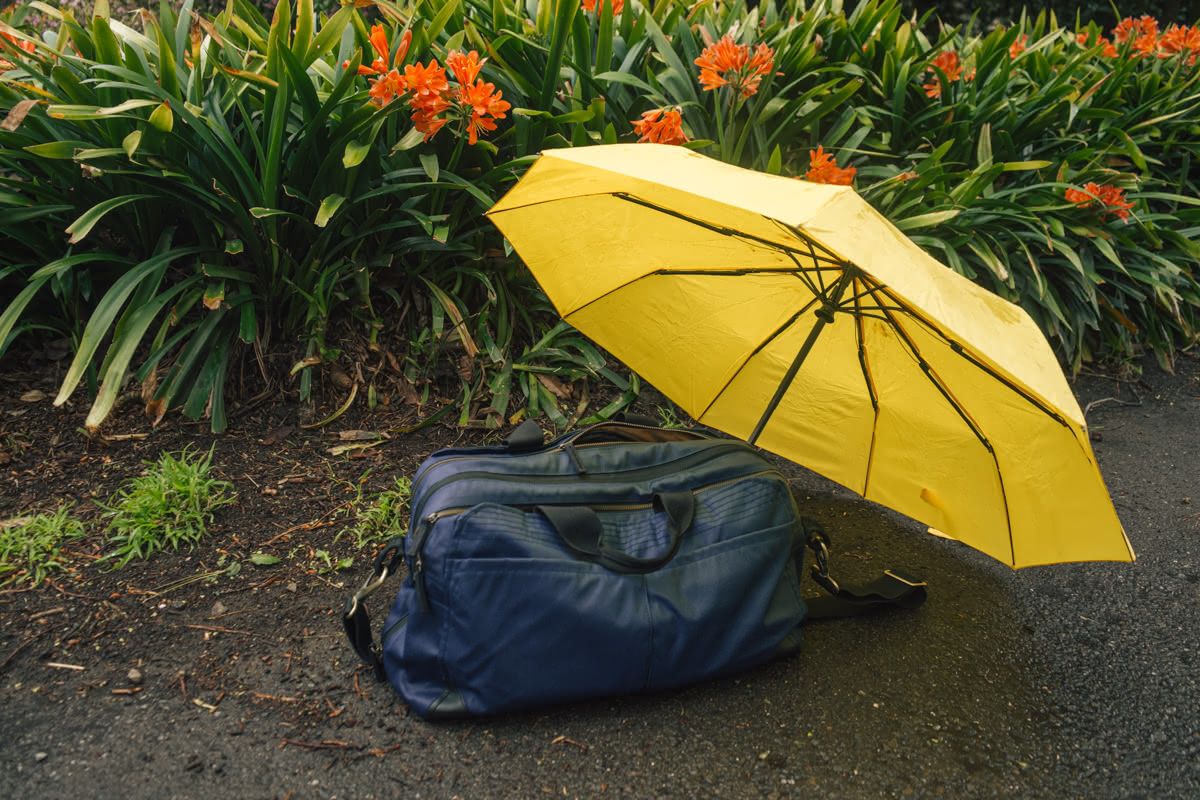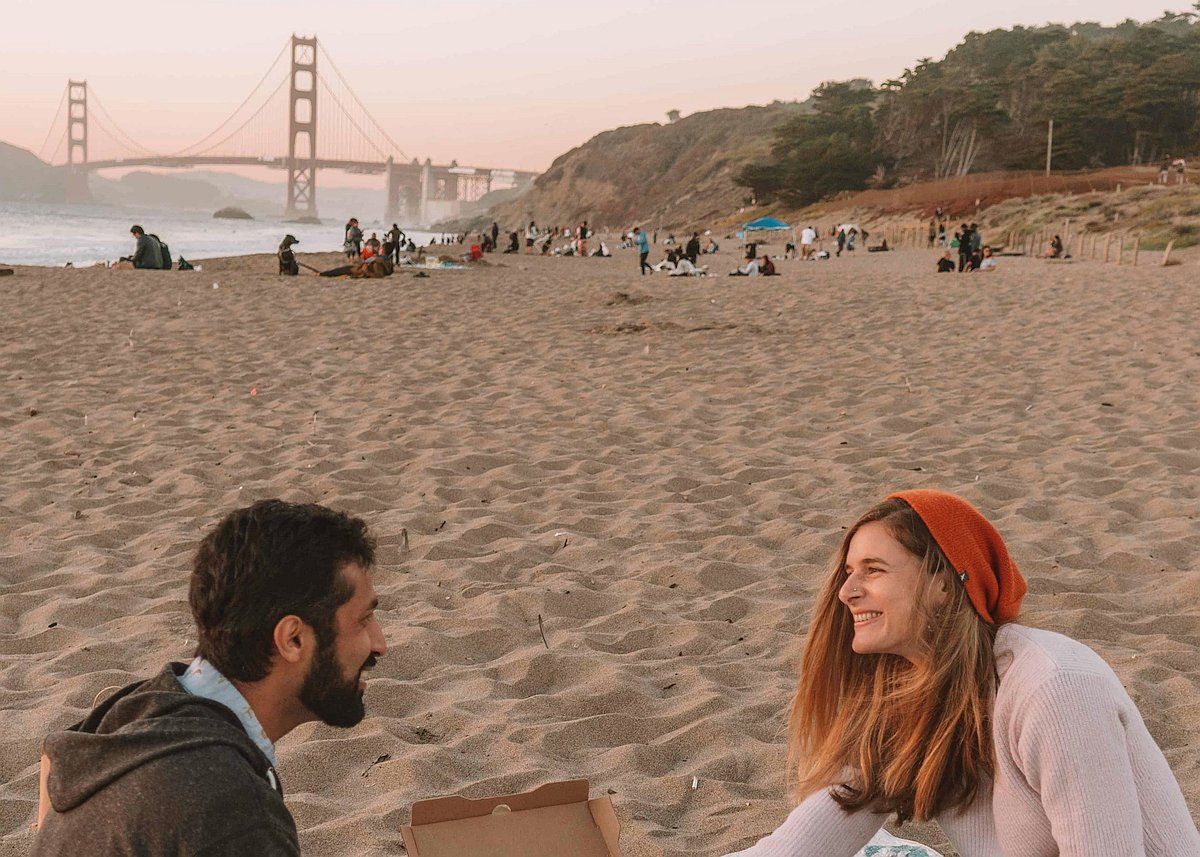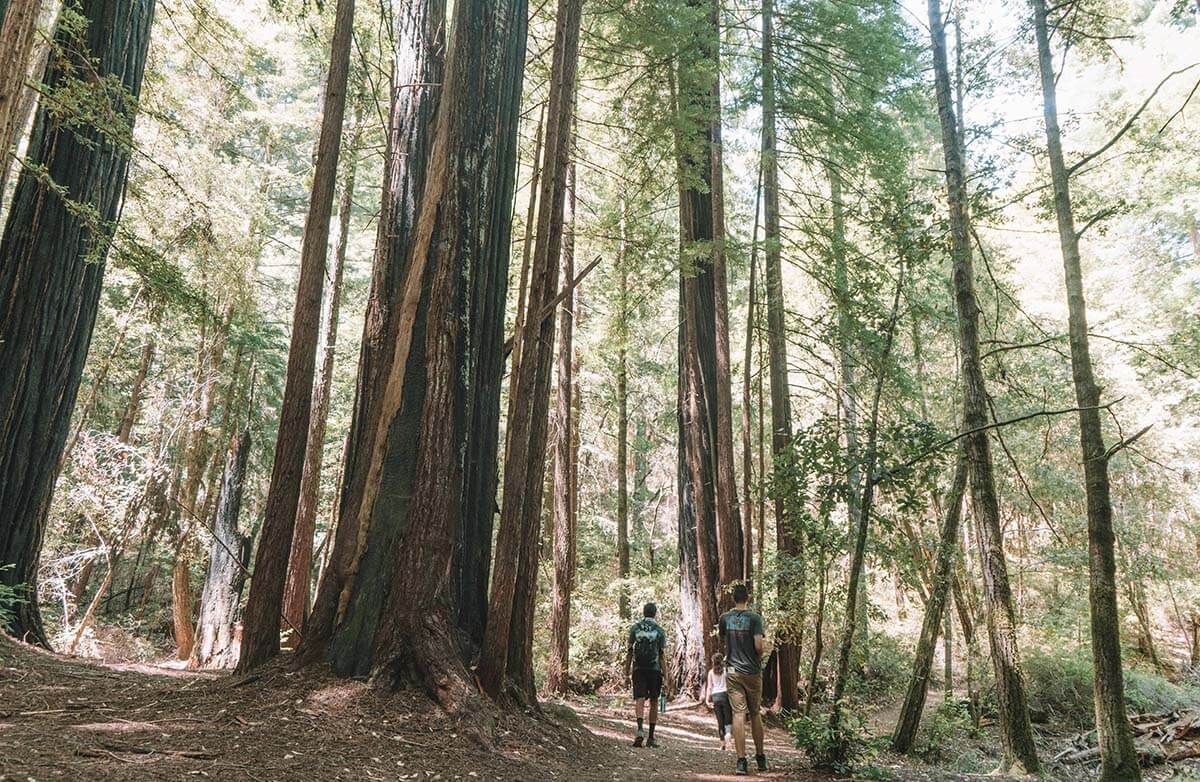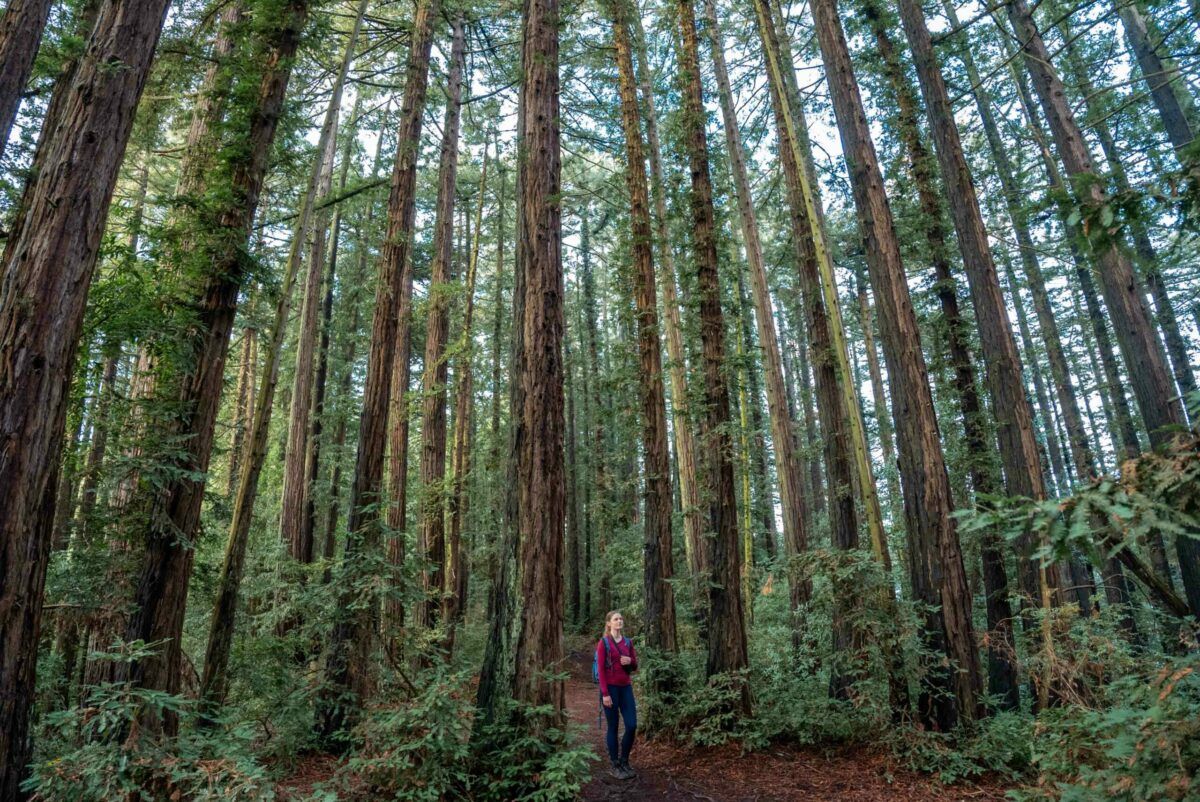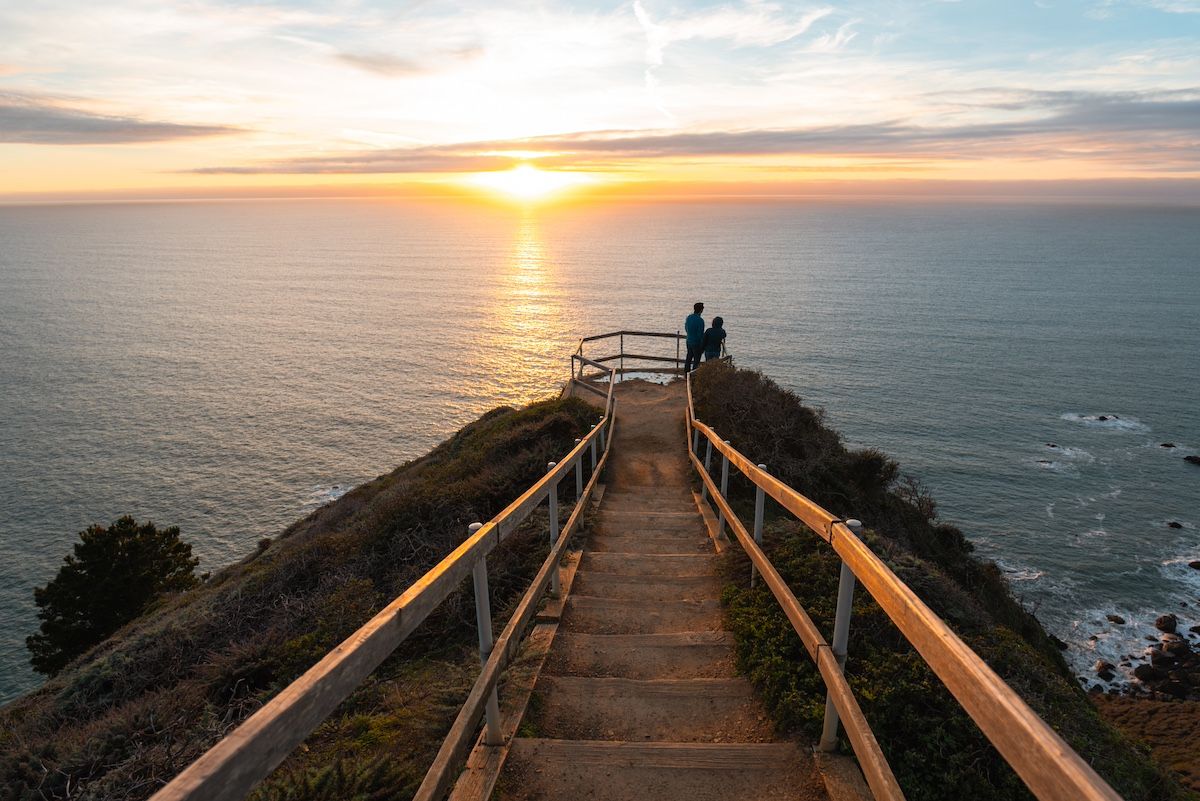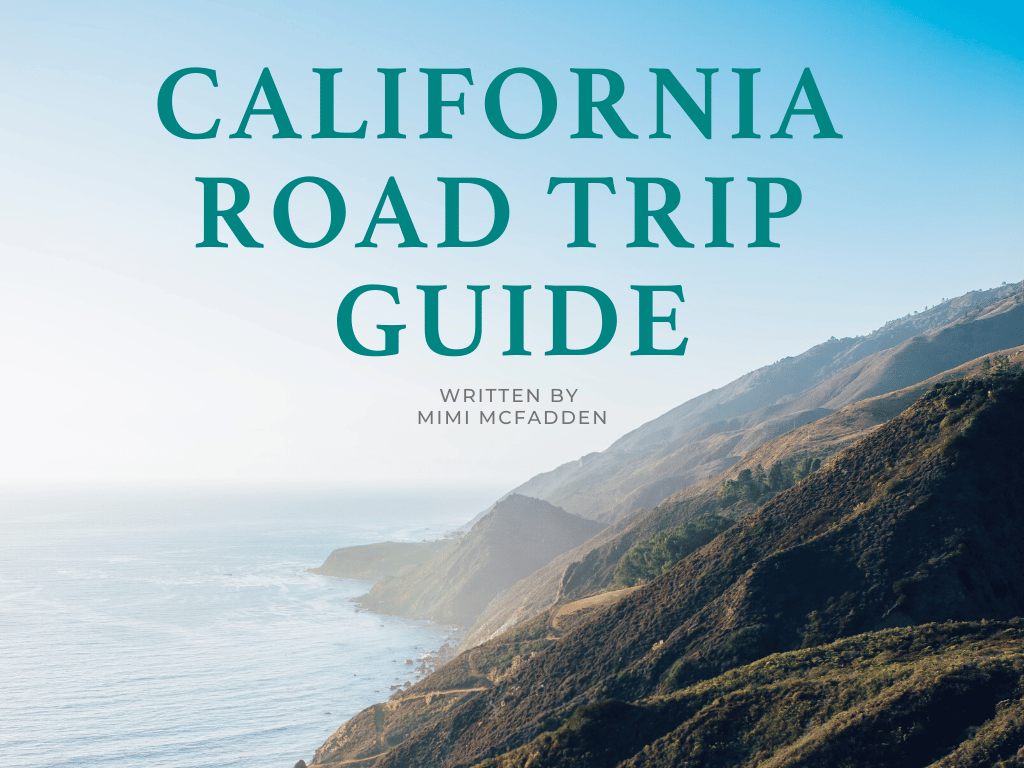California
Welcome to California!
California is full of diverse natural landscapes, thriving cities, and tons of delicious food. At The Atlas Heart, we’ve lived in and explored nearly every corner of our nation’s largest state, and we’re always looking to discover more.
If you want to get to know a specific area of California, use the map below to navigate to our articles on that county. Otherwise, keep scrolling to learn more about California by region and what makes it so special.
California By Region
Did we mention that California is huge? Since it’s such a large state, California can be broken up in a variety of different ways. We break it up in three main ways.
Northern California: San Francisco’s iconic Golden Gate Bridge, Napa’s vineyards, towering redwoods, and diverse cuisines attract millions of tourists each year. Further north takes you to remote wilderness and expansive forests while eastward, Lake Tahoe and other alpine sights offer plenty for adventure-seekers.
Bay Area | Gold Country | North Coast
Shasta Cascade | Sierra Nevada
Central California: Big Sur and scenic coastal towns extend for hundreds of miles along the Pacific Coast Highway. Further inland Sequoia and Kings Canyon are the high points (literally!) of any trip out to the Sierra Nevada mountain range.
Central Coast | Central Valley
Sierra Nevada
Southern California: The sparkle and glitz of Hollywood and Disneyland are only the beginning. SoCal is home to LA’s nightlife, beaches, and big-city attractions. It’s also where you’ll find San Diego’s world-famous zoo and desert getaways to Palm Springs, Death Valley, and Joshua Tree.
Deserts | Inland Empire | Los Angeles
Orange County | San Diego
Or read our general guide on our favorite things to do in California.
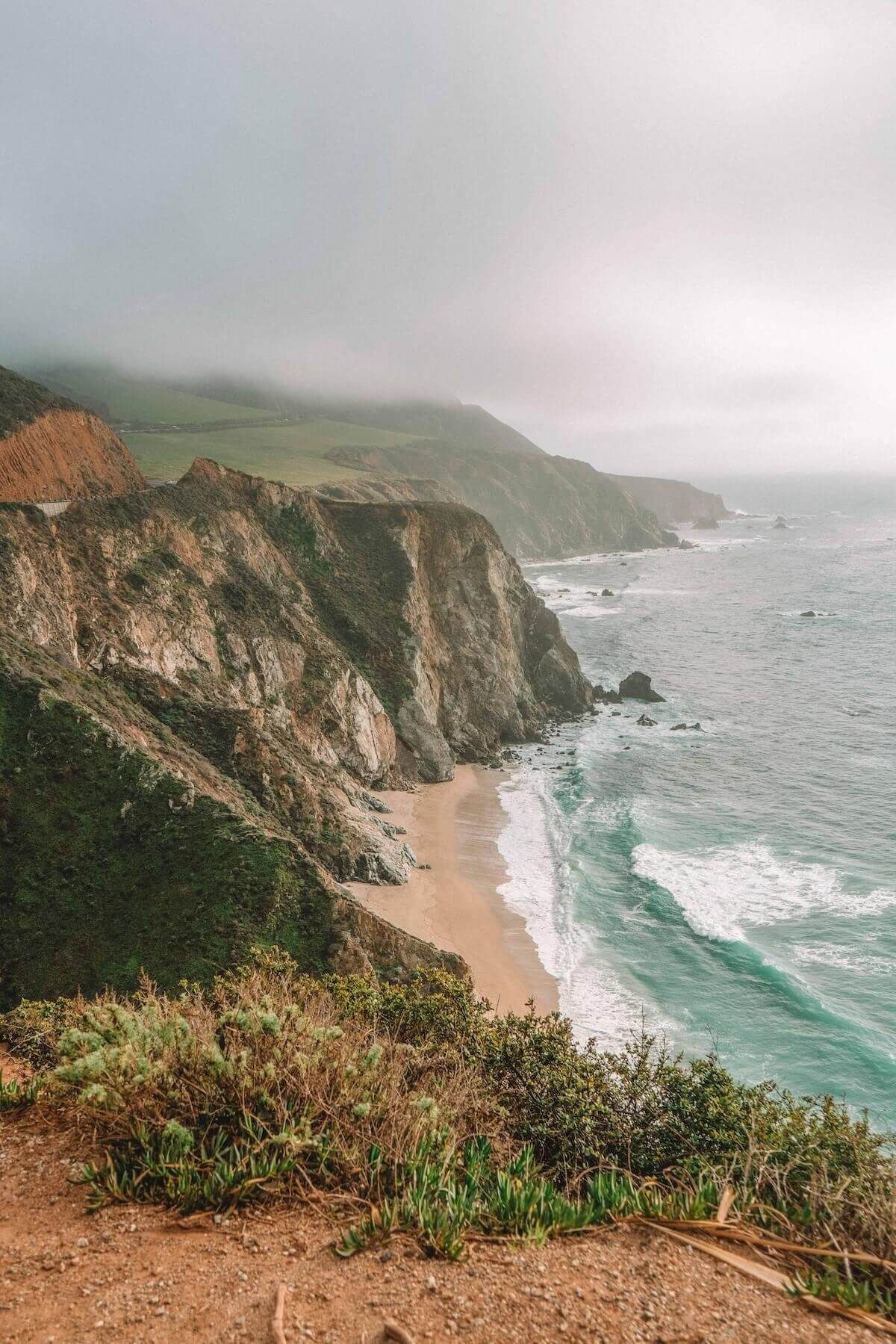
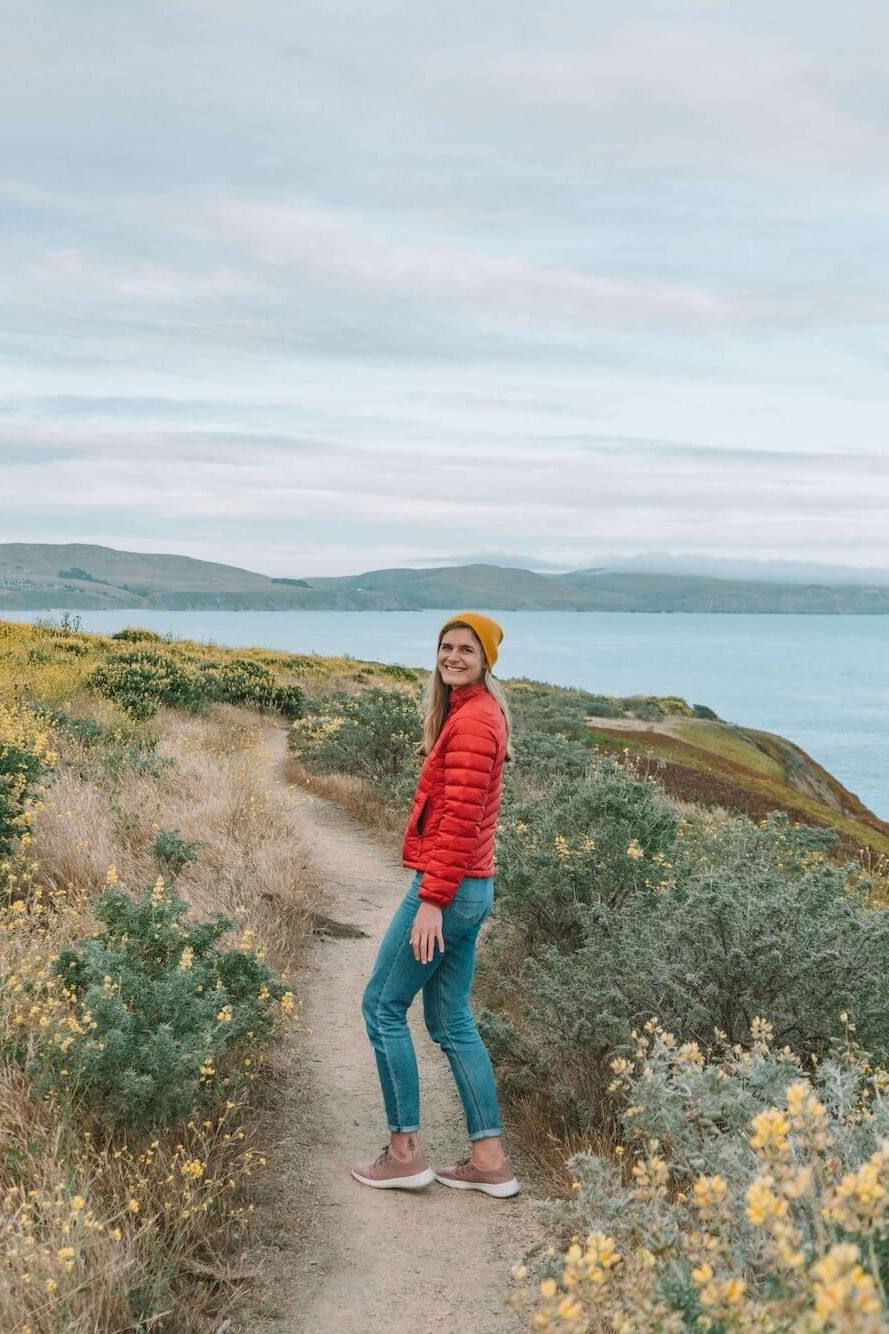
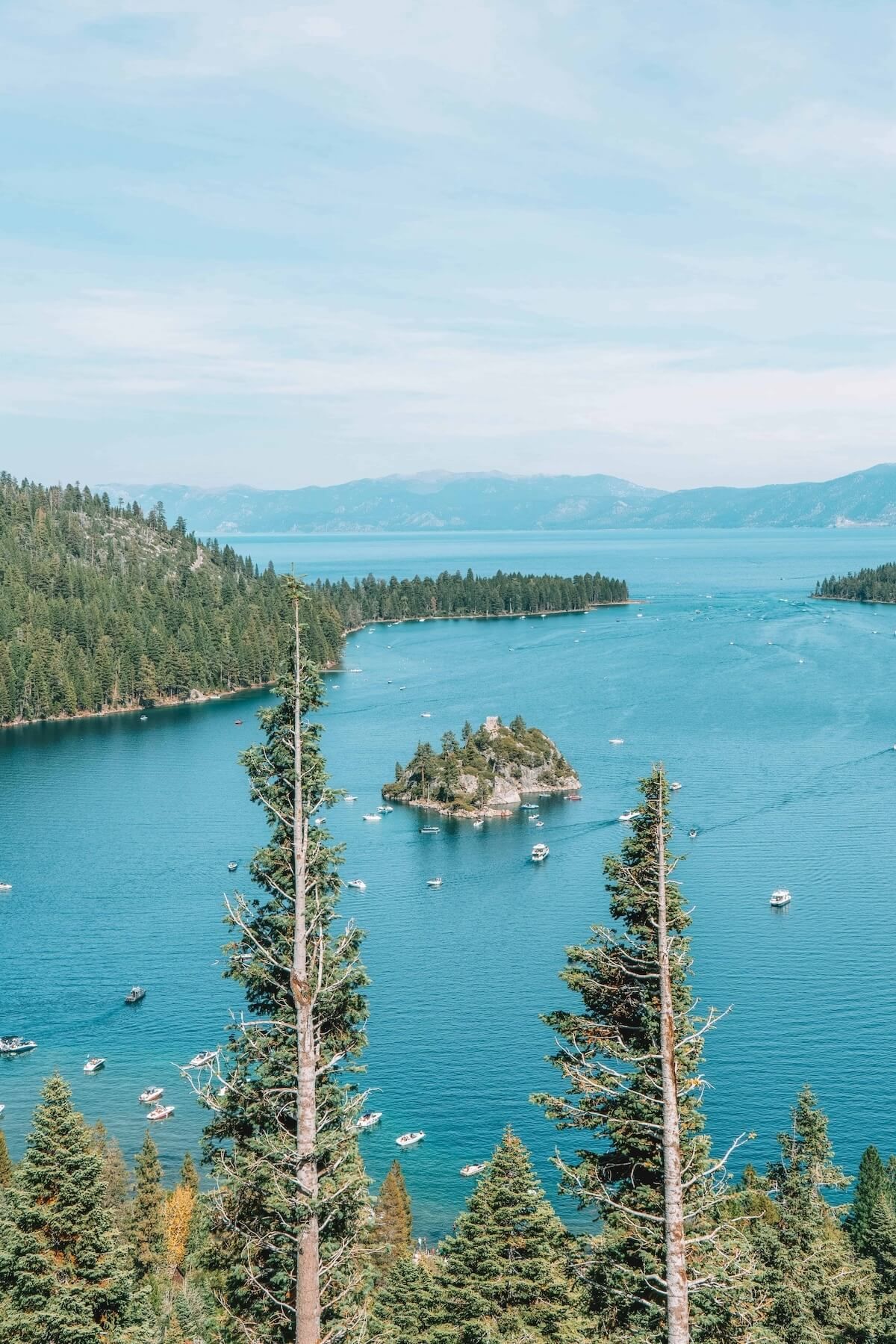
Explore California…
Choose Your Adventure
BEACH TOWNS
Choose Your Activity
California Travel Guides
California Travel FAQs
WHEN’S THE BEST TIME TO VISIT CALIFORNIA?
California is an enormous state that encompasses many different climates. Different regions thrive in different seasons. If we had to pick one season to visit, our favorite time to be in California is the spring with fall a close second.
Fall: Fall is one of our favorite seasons in California! If you’re looking for sun and warmth in the Bay Area, early fall is when you’ll want to go. Later in the fall, you’ll find fewer crowds at popular destinations such as Big Sur and Los Angeles (but, of course, LA is sunny year-round!). You might be surprised by how much beautiful fall foliage can be found, especially in more seasonal parts of the state like June Lake. There are also plenty of fun fall activities like apple picking and apple pie eating in Apple Hill and Julian or visiting one of the many pumpkin patches up and down the state. The one downside to visiting California in fall (and late summer) is that it’s also peak wildfire season.
Winter: If you want to experience a snowy wonderland in the Sierra Nevada region, I’m looking at you, Tahoe and Yosemite; plan to go in late winter. On the flip side, the desert parks–like Death Valley and Joshua Tree–are perfect winter vacation destinations since the weather is much more comfortable. This is also a great time to go wildlife spotting, specifically migrating Monarch butterflies (Santa Cruz, Pismo Beach), elephant seals during their mating season (Piedras Blancas, Ano Nuevo), and whale watching (up and down the coast).
Spring: Most California regions are gorgeous in the spring, and even with off-and-on rainy weather, it’s definitely our favorite season in the state. Late spring is when the snow is melting in the Sierras, and waterfalls are at their peak impressiveness in Yosemite. The whole state feels like it’s in bloom with abundant wildflowers and flower fields. The Central Coast is stunning and not too busy yet with summer crowds–it’s our favorite time to road trip the Pacific Coast Highway! Spring is also a good time to head to the desert since it’ll soon get uncomfortably hot in summer.
Summer: Though all destinations will be more crowded in the summer, the best places to visit are typically the more “seasonal” ones. The mountain towns, lakes, and parks in the Sierra Nevada are balmy enough to camp and swim in summer, and the North Coast will be temperate as well. This is also prime river floating season along the American River and Russian River. A lot of the California coast, especially San Francisco and San Diego, are actually not that great to visit in the summer due to the amount of fog that rolls in and stays until the afternoon. There’s a reason the terms “June Gloom” and “Fogust” exist in California. San Francisco, especially, is sometimes at its chilliest in the summer.
WHAT PART OF CALIFORNIA SHOULD I VISIT?
Where you should go depends on what you’re looking for.
If you’re going for beachy vibes alongside arts and culture, head straight for Southern California–LA, San Diego, or one of the seaside cities in Orange County. Alternatively, the Central Coast has all that as well, but with a more local feel and fewer crowds.
If you’re a snowboarder or love mountain towns and alpine lakes, head to the Sierras–Yosemite, Tahoe, or Mammoth Lakes are all a good base.
If you love a slightly chillier climate, diverse cuisines, and beautiful vistas, go for San Francisco and the greater Bay Area.
Or, if you want to explore some of California’s most unique landscapes with no crowds, head to the North Coast or little-visited Shasta Cascade region. The desert region down south will also offer this if you’re more into desert landscapes than lush forests and mountains, but with more crowds in places like Joshua Tree and Palm Springs.
We’re particularly partial to the Bay Area, the Central Coast, and San Diego for their stunning natural beauty and eclectic culture–plus, those spots are where The Atlas Heart team grew up.
HOW MANY DAYS DO I NEED TO VISIT CALIFORNIA?
A California trip can expand or shrink depending on your interests and needs. For a trip to a single urban location, such as LA or SF, we recommend at least 3-5 days to experience the main sights.
If you want to explore multiple parts of California or road trip the state, you should give yourself at least 10 days, but preferably 2-3 weeks to not feel too rushed.
WHAT IS THE MOST VISITED SPOT IN CALIFORNIA?
As of 2021, the most visited tourist attraction in California was San Francisco’s Golden Gate Park, which welcomed 24 million visitors.
Here are some of the other landmarks that visitors flock to California for:
- Redwoods and Sequoias: the oldest, biggest, and tallest trees in the world!
- Golden Gate Bridge
- Disneyland
- The many wine regions–especially Napa and Sonoma
- Pristine beaches in Malibu and the Santa Monica Pier
- Swanky restaurants and celebrity sightings in Hollywood
- The world-famous San Diego Zoo and Monterey Bay Aquarium
- Otherworldly deserts
WHAT SHOULD I PACK FOR CALIFORNIA?
California has many different climates, so you’ll need different essentials for different parts.
Southern California: pack for summertime but don’t forget some light sweaters and jackets, as temperatures can sometimes get chilly at night, especially near the water.
Northern California: make sure to bring layers because the weather is sometimes surprisingly brisk. In the Bay Area, you probably won’t need a heavy coat, but you’ll be happy to have lots of light layers and a puffy jacket (the unofficial uniform of locals).
Central Coast: The climate on the Central Coast is a mix of NorCal and SoCal. Anything around Big Sur and above will be more Northern California climate, whereas anywhere around Cambria and below is closer to the weather you’ll find in Southern California.
Sierra Nevada: If you’re going to any mountainous regions, particularly in winter, prepare for snowy climates. In Tahoe in winter, you’ll need snow gear, including hats, gloves, and boots.
Deserts: Deserts can get cold at night, so bring extra layers for the evenings, but prepare for heat during the day with shorts, sunscreen, sunglasses, and lots of water!
WHAT’S THE BEST WAY TO GET AROUND CALIFORNIA?
The best way to get around California is by car, as it gives you the most freedom, accessibility, and flexibility.
There are Amtrak trains and coach buses that can take you from one city to another, but these options are more limited and not that great.
If you just want to see a couple of main cities and don’t want to drive, flying is also an option and quicker than renting a car. You can usually find fairly cheap flights from San Francisco to LA and vice versa, or from San Francisco to Palm Springs, Orange County, or San Diego.
Within major cities like San Francisco and Los Angeles, there are public transportation options–although it’s still nowhere near as good as what you’d find in Europe or Japan–and many people use rideshare apps to get around.
WHAT SHOULD I BUDGET FOR A TRIP TO CALIFORNIA?
Costs can vary widely when you compare urban and rural areas in California.
San Francisco is the most expensive city to visit in California with average daily lodging rates around $270–$290, and meals and incidentals averaging around $79.
By contrast, LA’s average lodging rates are roughly $180, while meals and incidentals are $74. Sacramento is even less pricey–at $145 and $69, respectively.
Of course, there are many ways to lower your costs while traveling, but these numbers should give you a general idea of what to plan for.
WHAT ARE SOME LOCAL TIPS I SHOULD KNOW ABOUT CALIFORNIA BEFORE I VISIT?
- Many visitors think of California and expect year-round sun, but that’s only true for certain parts of the state, mostly the southern end. The Bay Area can be foggy and chilly, even in summertime, so don’t get caught without a jacket!
- The drive from LA to San Francisco takes roughly six hours. Just because they’re in the same state, that doesn’t mean they’re close together! Remember: California is huge.
- Gas is very expensive in California due to an extra state tax, so factor that into your plans if you’re renting a car. However, charging stations for electric cars are becoming increasingly common in public places, and electric rental cars are sometimes available.
- Car break-ins are getting more and more common in major cities, especially San Francisco. Never leave any valuables or anything visible in your car.
- If you’re cooking, fresh produce is plentifully available, and the seasons stretch longer in this temperate state.
- Dry season stretches from May to October. If you’re camping during this time, be cognizant of wildfires and whether you’re in an at-risk area.
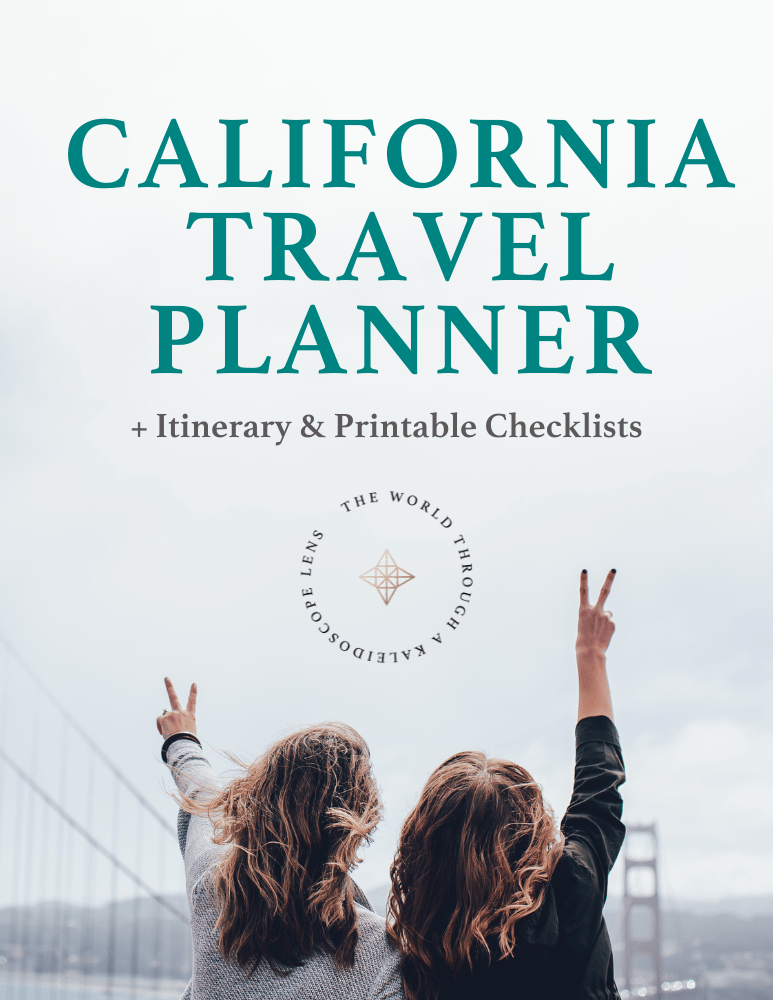
GET OUR FREE CALIFORNIA TRAVEL PLANNER
Our California planner comes with printable checklists, restaurant
recommendations, and our favorite two-week itinerary for the state.

